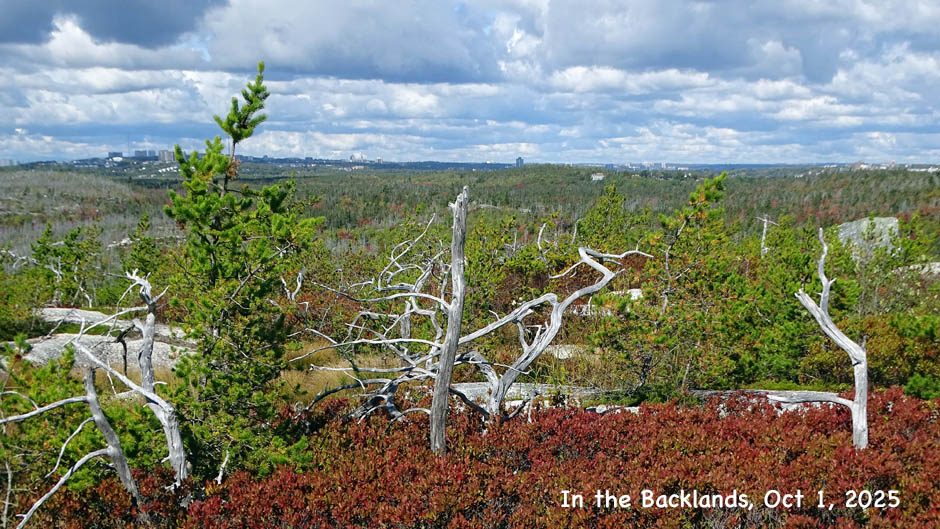Amphibians and Reptiles of Nova Scotia: Species Recorded in the Accession Books of Harry Piers 1899 to 1939 (Curatorial Report #104)
John Gilhen, 2015. “This report summarizes the work on amphibians and reptiles done by Harry Piers, one of the most significant figures in natural history in Nova Scotia during the last 100 years. Piers was a remarkable example of a complete Natural History curator . He had a thorough knowledge of the museum amphibian and reptile collection. He was able to collect, preserve and catalogue specimens from both groups. He had a good working knowledge of the available literature, both popular and scientific, on amphibians and reptiles as well as other groups. Using technical keys he could identify specimens unfamiliar to him. He could interpret herpetology for those lay persons who brought specimens to him and, he published important records in the scientific literature. Perhaps his most important attribute was his uncanny sense of what information would be important for future researchers. It is hoped that, by presenting his records in this curatorial report, it will finally bring to light the remarkable contribution Harry Piers made to the study of Nova Scotian amphibians and reptiles.” This item came up in a search on Google Scholar for “McIntosh Run, Halifax, Nova Scotia”
 Calls of Frogs and Toads of the Northeast
Calls of Frogs and Toads of the Northeast
Lang Elliot Music of Nature ”
Calls of Frogs and Toads of the Northeast. Presented roughly in the order that they are heard through the season. CREDITS: Photos and descriptions taken from Frogs and Toads of North America by Lang Elliott, Carl Gerhardt, and Carlos Davidson. Photos © Lang Elliott, unless otherwise indicated. Recordings © Lang Elliott
Vernal Pools: a Nursery for Amphibians and a Buffet for Predators
by Emily Haynes The Outside Story (Norhern Woodlands), Apr 14, 2025 “When the winter snow melts and the spring rain begins, vernal pools appear on the landscape. These ephemeral wetlands form in depressions in forests or ridge lines and offer essential breeding habitat to amphibians and invertebrates, including wood frogs, spotted salamanders, and fairy shrimp. Because vernal pools dry up in high summer and are disconnected from other waterways, fish cannot survive in them – making them uniquely attractive to many amphibian and invertebrate species…”
